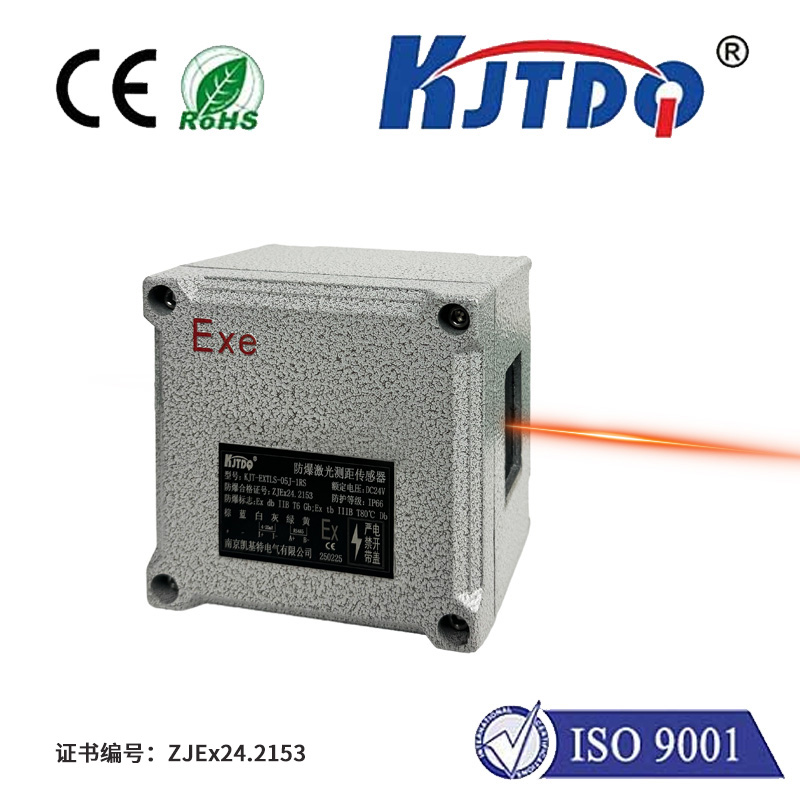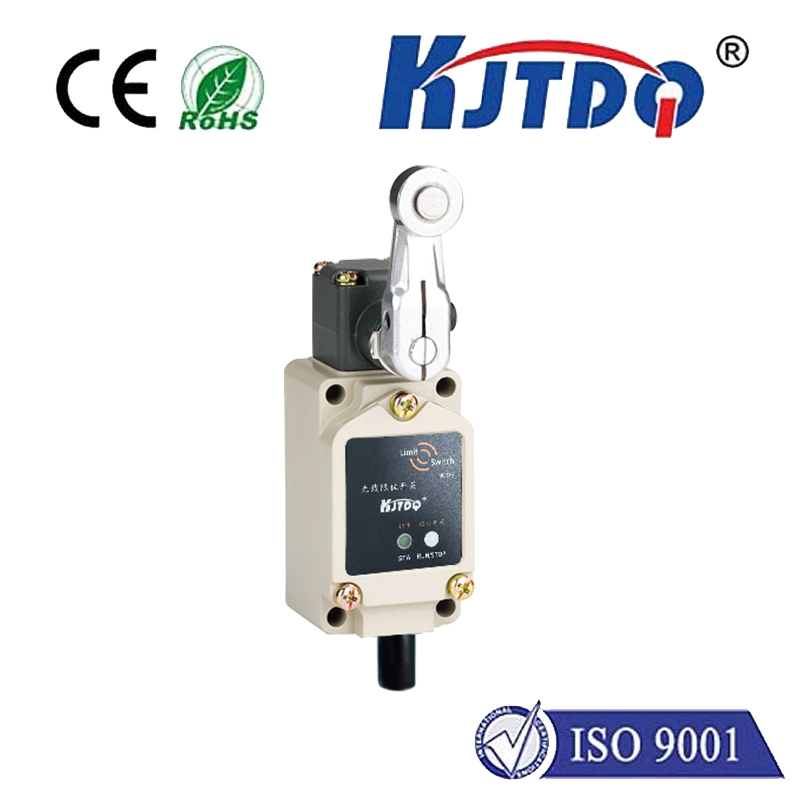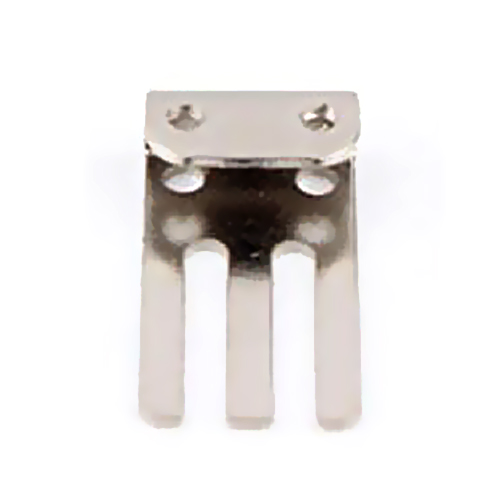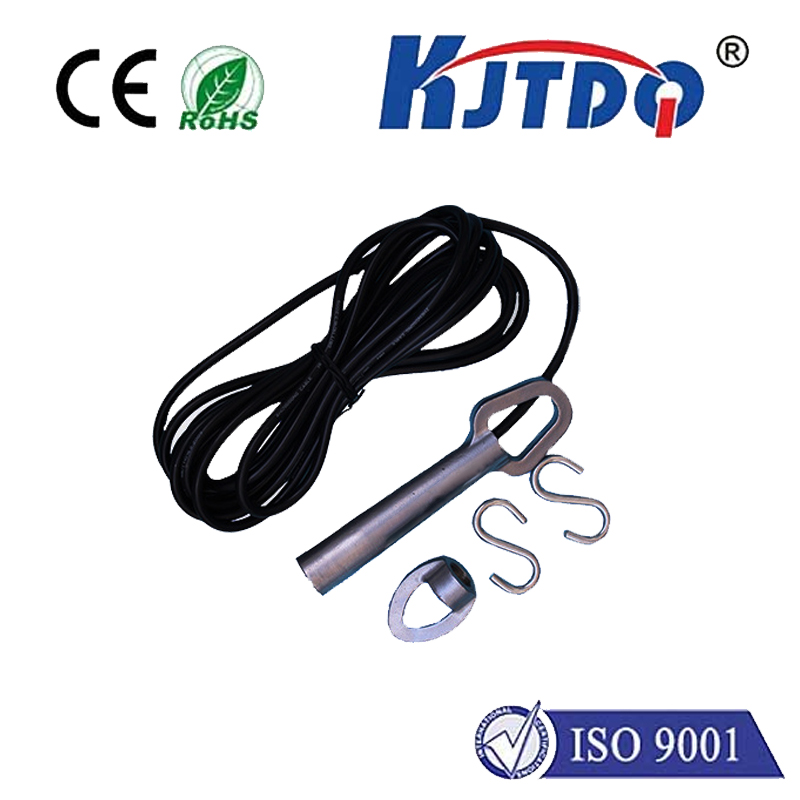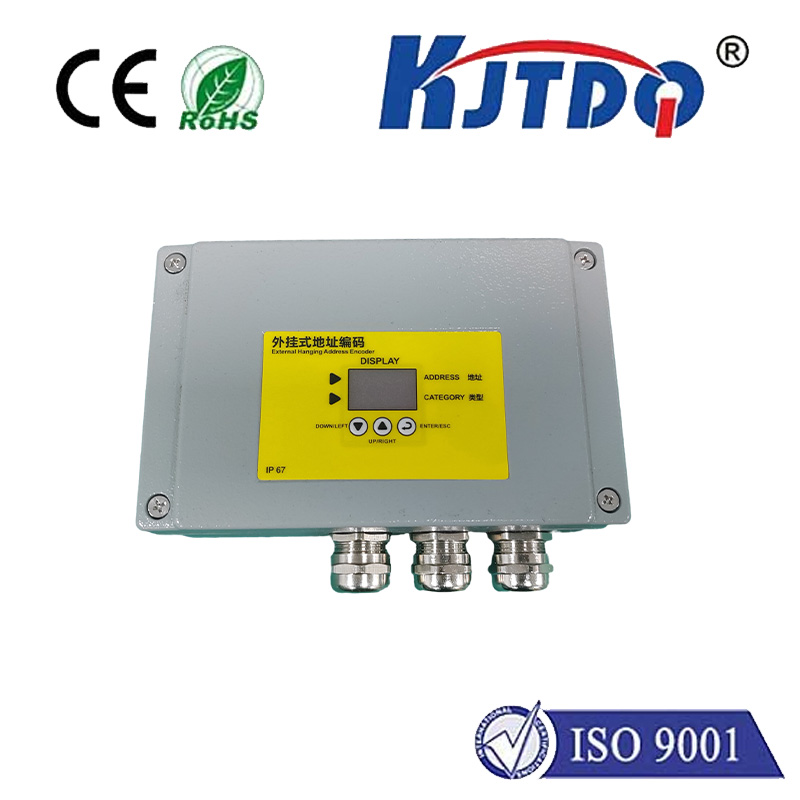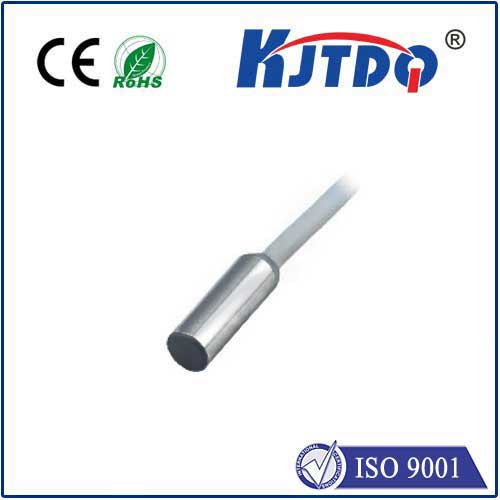

check

check

check

check
Picture this: a high-speed bottling line suddenly halts. An undetected misaligned cap, a missing bottle – seconds lost translate to significant production costs. At the heart of preventing such costly disruptions often lies a critical, yet frequently overlooked component: the photoelectric sensor. And when designed for 24VDC operation, these sensors become the backbone of robust, reliable industrial automation. Understanding their capabilities is crucial for engineers and system integrators aiming to build seamless, efficient operations.
Photoelectric sensors operate on a simple, elegant principle. They emit a beam of light (visible red, infrared, or laser) and detect its presence, absence, or reflection from a target object. This non-contact detection makes them ideal for counting, positioning, level control, presence verification, and countless other applications across manufacturing, packaging, material handling, and beyond. Their versatility is immense, surpassing mechanical switches and many proximity sensors.
So, why specify 24VDC for these vital components? The reasons are compelling and deeply rooted in industrial realities:

The marriage of photoelectric sensing technology with 24VDC power creates a solution uniquely suited for demanding industrial environments. Key advantages include:
From monitoring tiny components on a PCB assembly line to detecting massive pallets in a warehouse, 24VDC photoelectric sensors tackle diverse challenges. They excel in counting bottles on a high-speed filler, detecting the leading edge of a sheet on a printing press, verifying the presence of a label, controlling the level of bulk material in a silo, and safeguarding access points with light curtains (which often operate on 24VDC). Their ability to detect objects irrespective of material (metal, plastic, wood, glass, liquid – depending on the sensor type: through-beam, retro-reflective, diffuse) makes them uniquely versatile.
Selecting the optimal photoelectric sensor 24VDC requires careful consideration:
As automation evolves towards greater intelligence (Industry 4.0, IIoT), 24VDC photoelectric sensors are keeping pace. Integration of IO-Link communication is a key trend, transforming simple sensors into smart devices. IO-Link-enabled 24VDC sensors provide valuable diagnostic data (operating hours, temperature, signal strength), enable remote parameter changes, and facilitate predictive maintenance – all transmitted digitally over the same standard 3-wire cable used for power and the switching signal. This intelligence layer enhances reliability and reduces costly unplanned downtime.
The core function of object detection may seem simple, but the quest for perfection never stops. Manufacturers continuously refine 24VDC photoelectric sensors for longer ranges, better background suppression, resistance to challenging surfaces (black rubber, clear glass), and smaller form factors. Enhanced optics, advanced ASIC technology, and improved algorithms all contribute to sensors that perform flawlessly in increasingly complex and demanding automation scenarios. Shielding techniques within the sensors and using shielded cables further boost their immunity in electrically noisy environments, solidifying their position as the reliable backbone of industrial sensing.
